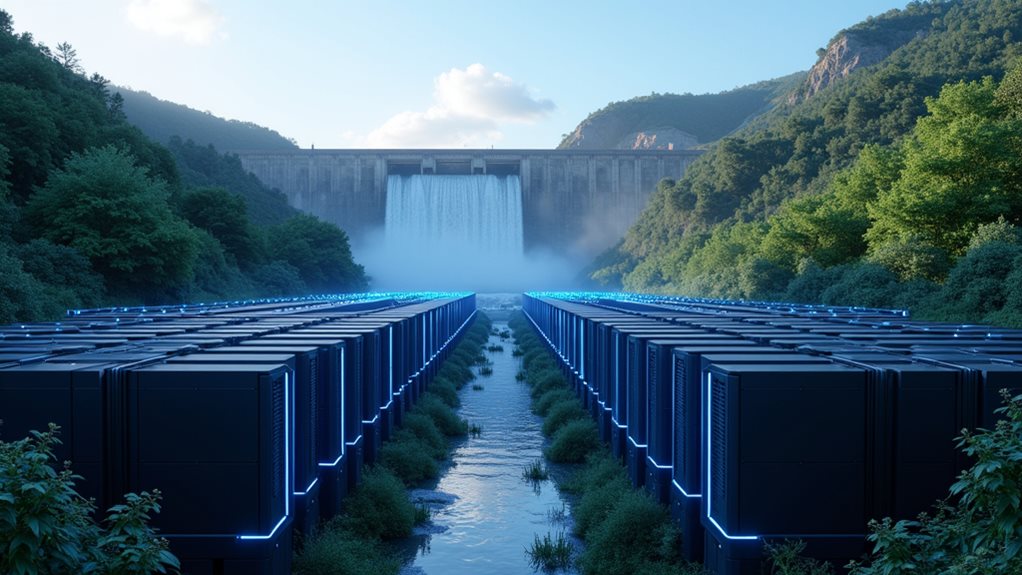Crypto mining in 2025 looks more like a corporate boardroom than a basement hobby. Professional operations have transformed mining into a slick, sophisticated industry with plummeting costs and improved efficiency. Environmental concerns and regulations are reshaping the landscape, while partnerships and mergers create mining powerhouses. The game isn’t just about profit anymore – it’s about sustainability and compliance. Sure, there are challenges, but the real story lies in how miners are adapting to this brave new world.

While crypto mining once belonged to basement-dwelling tech enthusiasts with jury-rigged computers, 2025 tells a different story. The industry has grown up, put on a suit, and started caring about things like sustainability and regulation. Gone are the days of cobbled-together mining rigs – now it’s all about sleek, professional operations with eye-popping efficiency numbers. Mining powerhouses like GPU mining offers the flexibility to switch between different cryptocurrencies as market conditions change.
The tech has gotten ridiculously good. Mining machines that used to cost $80 per terahash now go for just $16. That’s like getting a Ferrari for the price of a used Civic. Big players like Core Scientific are running massive fleets of these machines, and they’re not just mining crypto – they’re actually helping stabilize power grids. Who would’ve thought? Miners are increasingly turning to renewable energy sources to reduce operational costs and environmental impact.
Crypto mining tech has evolved from premium to pocket-friendly, transforming basement hobbyists into power grid pioneers.
But it’s not all sunshine and rainbow charts. The competition is brutal, and mining difficulty keeps climbing faster than a caffeinated squirrel up a tree. Sure, equipment costs have dropped, making it easier for smaller operators to join the party. But between market volatility and regulatory pressure, success isn’t guaranteed. With block rewards halving in effect, miners must operate at peak efficiency to remain profitable.
Speaking of regulations – they’re everywhere now. Miners can’t just set up shop wherever they please anymore. Environmental concerns have regulators breathing down their necks.
The smart money knows what’s up. Financial institutions are pouring cash into mining operations like they’re the next digital gold rush. Companies are merging, acquiring, and partnering faster than you can say “blockchain.” Everyone’s trying to stay ahead by investing in research and development, especially in areas where AI and crypto overlap.
Prefabricated data centers are popping up like expensive Lego sets, offering flexibility and security that would make a military base jealous.
And here’s the kicker – the whole industry is obsessed with going green. ESG demands have miners scrambling to prove they’re not destroying the planet. It’s a wild time in crypto mining, where success means balancing profit with responsibility, and failure could mean becoming another cautionary tale in the digital age.









